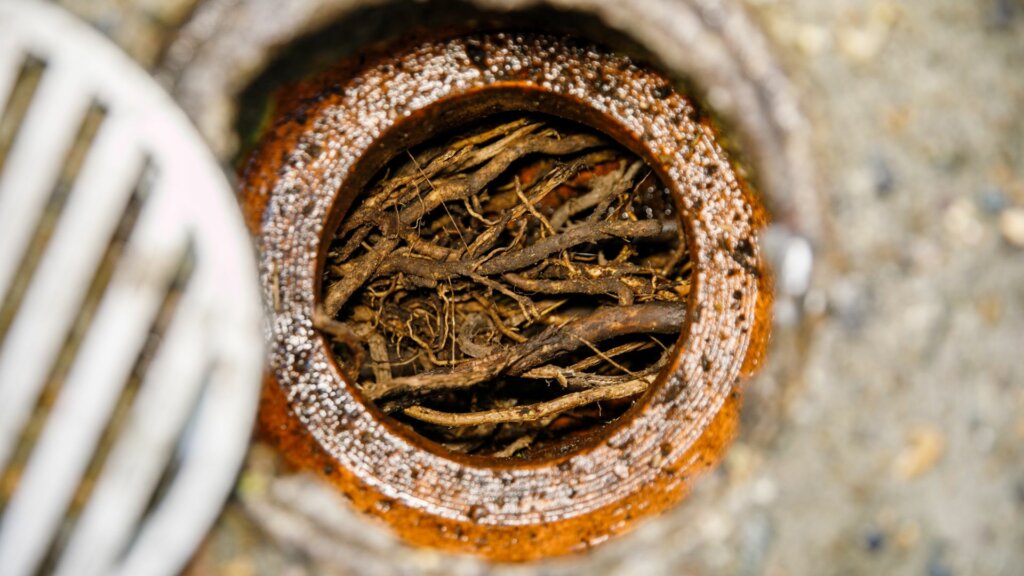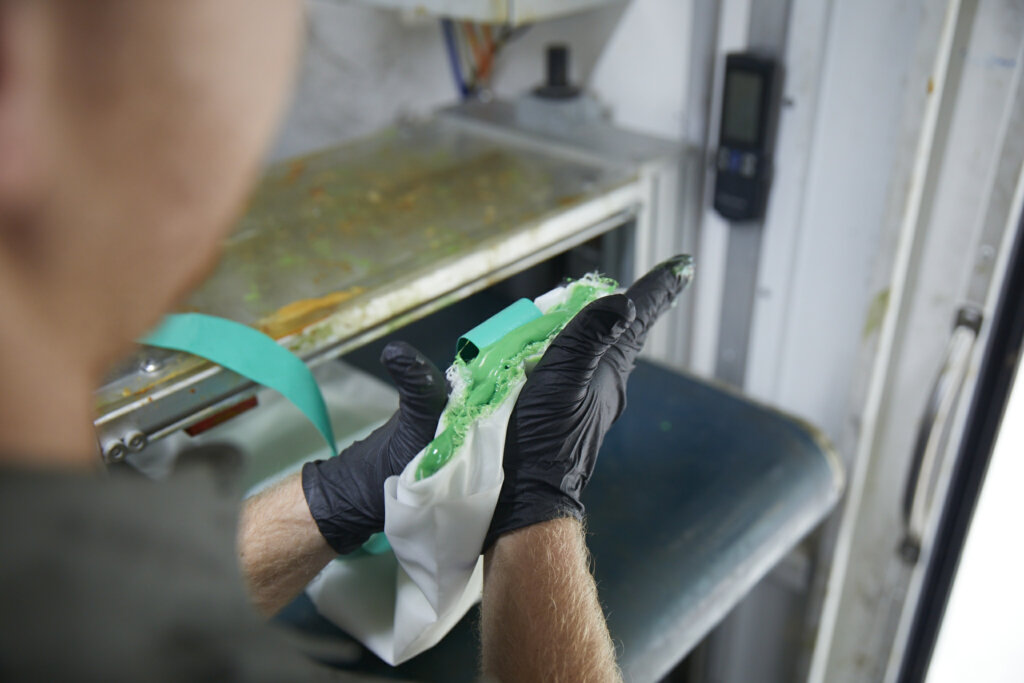Hearing the phrase old, deteriorating clay pipes can be daunting. You’re probably picturing a huge project with loads of digging and disruption to your yard. Well, you would be wrong. There’s a much better solution, and it’s called pipe relining.
Pipe relining uses new technology to restore your existing clay pipes without the mess and disruption of traditional repairs. Let’s explore how this innovative solution can restore old clay pipes and dive into the process so you know exactly what to expect should you decide to embark on a journey of pipe relining.
What Are Clay Pipes?
Clay pipes are among the oldest known forms of plumbing, with some dating back thousands of years. Ancient civilizations like the
Mesopotamians, Egyptians, and Romans used clay pipes for water supply and sewage systems.
As such, it may come as no surprise that clay pipes are commonly found in older homes and commercial properties with old pipes. They were the go-to before modern materials like PVC and copper became widespread.
While durable, clay pipes are more susceptible to cracks, fractures, and root intrusions over time. Factors like soil movement and heavy traffic above ground can lead to cracks. If left unaddressed, these fractures can cause significant drainage problems. That’s why solutions like relining are becoming increasingly popular for repairing and replacing clay pipes without a full replacement.
Signs of Clay Pipe Failure
Recognising the warning signs of failing clay pipes can help prevent costly repairs and extensive damage.
Cracks and Fractures
Leaks caused by cracks can lead to soil erosion, water damage, and sinkholes on your property. If left unaddressed, these fractures can worsen over time.
Tree Root Intrusion
If you have trees growing near your clay pipes, they could be the culprit for breakages. This is because tree roots seeking moisture can penetrate clay pipes, causing persistent blockages, reduced water flow, and even total pipe collapse if not treated early.

Corrosion and Erosion
While clay pipes are resistant to chemical corrosion, natural erosion from water flow can wear them down over time.
If you notice slow drainage, foul odours, or recurring blockages, it may be time to inspect your clay pipes.
Traditional Pipe Replacement Methods
You may have already engaged in traditional pipe replacement which involves extensive digging and excavation to access and replace damaged clay pipes. While it gets the job done (eventually), it can be costly and disruptive. Here are the downsides.
Digging and Excavation
Removing old pipes can require heavy machinery and significant labour, tearing up gardens, driveways, and sometimes even sidewalks to get to the pipes.
Disruption to Daily Life
The noise, mess, and inconvenience of excavation can be a major headache for homeowners, especially with more people working from home nowadays. Projects can last days or even weeks, causing a significant impact on your day-to-day life.
High Costs and Labour
With more digging, comes more labour. And with more labour, comes more cost. And that’s not even considering the machinery and restoration. All this adds up quickly, especially with larger or more complex projects.
Given these drawbacks, many property owners are turning to pipe relining as a less invasive, more cost-effective alternative.
Pipe Relining Process
Enter pipe lining, the new pipe repair method taking the world by storm.
What is Pipe Relining?
In short, pipe relining technology is a non-invasive method of repairing damaged pipes without the need for excavation. This is achieved with a flexible, resin-coated liner that is inserted into the existing pipe and hardened (like paper mâché) to create a durable, seamless new interior.
How Does Pipe Relining Work?
Pipe relining is typically a four-step process:
- A CCTV inspection identifies the condition inside of the underground pipes or sewer lines.
- The pipe is thoroughly cleaned to remove debris and blockages with a high-pressure hose.
- A resin-coated liner is inserted and inflated to fit the existing pipe.
- The liner cures in place, forming a strong, corrosion-resistant new pipe within the old pipe.

Is Pipe Relining Suitable for All Pipes?
Pipe relining works for many materials, including clay, PVC, and cast iron. However, severely collapsed pipes or pipes with extreme structural damage may require full replacement, which can be done with a relining method called pipe bursting. It’s best to consult a professional to determine what’s suitable for your specific circumstance.
Advantages of Pipe Relining
There are several advantages to pipe relining that will likely have you never looking back.
Extended Lifespan
Pipe relining reinforces the structure and prevents further deterioration, which can add decades to the life of clay pipes. This helps you avoid frequent repairs.
Improved Flow and Functionality
By creating a smooth, seamless inner lining, pipe relining returns your water flow back to its original efficiency. It also reduces the risk of blockages caused by cracks, debris buildup, or root intrusion.
Cost-Effective Solution
Compared to traditional pipe replacement, relining is a more affordable option, requiring less labour with digging and extensive excavation.
Faster Completion Time
Unlike traditional pipe replacement for plumbing issues, which can take days or even weeks, pipe relining is typically completed within a day.
Choosing the Right Pipe Relining Solution
The main consideration when selecting a pipe relining solution should be choosing a reputable company with experience in relining clay pipes. It’s a complex process that requires a skilled pipe relining specialist who will conduct thorough inspections, use high-quality materials, and apply precise techniques to ensure secure and effective repair for your investment.
You also need to consider the material choice. Different relining options, such as epoxy resin and polyurethane, offer varying levels of durability, flexibility, and resistance to corrosion. The best choice depends on the specific needs of your plumbing system. Again, a pipe relining expert can advise and implement this.
Pipe Relining vs Traditional Methods

Trusted Sydney Pipe Relining
By now you should be convinced that pipe relining offers a fast, cost-effective, and long-lasting alternative to traditional pipe replacement, restoring your clay system to as good as new, without the need for disruptive excavation!
If you’re dealing with damaged clay pipes and want a hassle-free repair solution, The Relining Company can help. Contact our friendly and professional team today for expert advice and a no-obligation assessment.
Frequently Asked Questions
Can clay pipes be lined?
Yes! Clay pipes can be successfully relined using trenchless technology to restore the drainpipe to its original form and efficiency.
What is the disadvantage of pipe relining?
One disadvantage of pipe relining is that it may not be suitable for severely damaged or collapsed pipes. However, a form of relining called pipe bursting can still be a solution.
What is the life expectancy of a clay sewer pipe?
Clay sewer pipes typically last 50-100 years if properly maintained.
What is the cost of pipe relining?
The cost of pipe relining varies depending on factors like pipe size, damage extent, and location, but it is often more affordable than traditional replacement. You can get a better idea of the cost here.
Can pipe relining be used for emergency repairs?
Absolutely. Pipe relining can be used for emergency repairs. It’s a non-invasive solution that can be completed quickly and efficiently.
Back to Top